Placemaking Postcards is a blog series from the Bass Center for Transformative Placemaking at Brookings where policymakers and practitioners guest-author promising placemaking efforts from across the U.S. and abroad that foster connected, vibrant, and inclusive communities. In line with the principle tenets of placemaking, the goal of the series is to recognize the community as the expert, highlight voices from the field, and to create a community of learning and practice around transformative placemaking.
Many Milwaukee public schools have vast amounts of aging and deteriorated asphalt covering their grounds, leaving students to navigate unsafe play spaces, tripping hazards, and limited shade. Today, the 50+ year-old schoolyard asphalt is also leading to stormwater residue that flows directly into Milwaukee’s sewer system, worsening neighborhood heat island effect during warmer months. This pattern of paving is familiar to many low-income communities of color across the nation who are grappling with climate and health issues related to housing and infrastructure decisions made as far back as the 1930s.
Milwaukee Public Schools (MPS) is the largest school district in the state of Wisconsin, with 156 schools serving 67,500 students pre-K through 12. The student body is racially and economically diverse—50% of students are Black, 28% are Hispanic or Latino, 82% of students are considered economically disadvantaged (on free or reduced lunch), and 20% are classified as having special needs. Many of the historically disadvantaged communities in the MPS catchment area deal with disproportionately lower amounts of neighborhood green space and higher climate impacts, including higher heat and flooding risks.
To tackle the unsafe and environmentally harmful impacts of aging schoolyard asphalt, MPS, the Milwaukee Metropolitan Sewerage District, the City of Milwaukee, and Reflo began partnering in 2015 to launch Green and Healthy Schools to replace the asphalt with green learning and play environments that improve overall student and community well-being.
This piece will explore the MPS schoolyard greening process that has been co-creating spaces with community members—including some of its youngest members—to tackle and remove for themselves some of the longstanding elements of the built environment that have disproportionately affected low-income urban communities of color.
Green infrastructure provides environmental, educational, and health benefits
A top priority of Green and Healthy Schools is to reduce stormwater runoff, replenish groundwater resources, increase safe habitats for pollinators and to ultimately transform the asphalt into inviting and productive green spaces, minimizing the school’s ecological footprint while also maximizing benefits to both people and planet.
To accomplish this feat, Reflo and University of Wisconsin-Milwaukee (UWM) launched a three-year inclusive engagement process in 2016 designed to reach a broad spectrum of schoolyard users, including pre-K through high school students, teachers, staff, MPS leadership, parents, and the broader neighborhood community. In its first year, this process consists of monthly meetings between Reflo staff, UWM architecture students, program partners, and school students and staff to gather input and participate in design sessions.
During the first year of engagement, students participate in interactive design workshops and surveys and received new training on and exposure to career paths like architecture, engineering, and environmental management, while also learning how to help keep Lake Michigan and Milwaukee’s rivers clean. As a result of this process, UWM architecture students and Green Teams then co-create transformational design renderings and present them at broader neighborhood events to gather input from parents and community members.
In the second year of the program, Reflo—in partnership with public agencies like the Milwaukee Metropolitan Sewerage District and the City of Milwaukee’s Department of Public Works—seeks to make these renderings a reality through fundraising, detailed design, and permitting. In the first couple of years of the program, schoolyard projects included one or two greening elements, costing approximately $1 million per school, but as funding increased the scale of the transformations expanded to cover the entire schoolyard, particularly as the scope of funders grew to include both private and nonprofit sources such as the Milwaukee Public Schools Foundation, Fund for Lake Michigan, and government grants.
In the third and final year, construction occurs over the summer and, once opened, the transformed schoolyards remain publicly accessible after school hours to ensure broad-based community benefit. Revitalized schoolyards are also used to host outdoor classroom sessions, experiential learning, culturally relevant public art, and new opportunities for outdoor unstructured play (such as loose stumps and logs to build with, benches and picnic benches for small group discussions or individual reading, musical instruments, and raised garden beds).
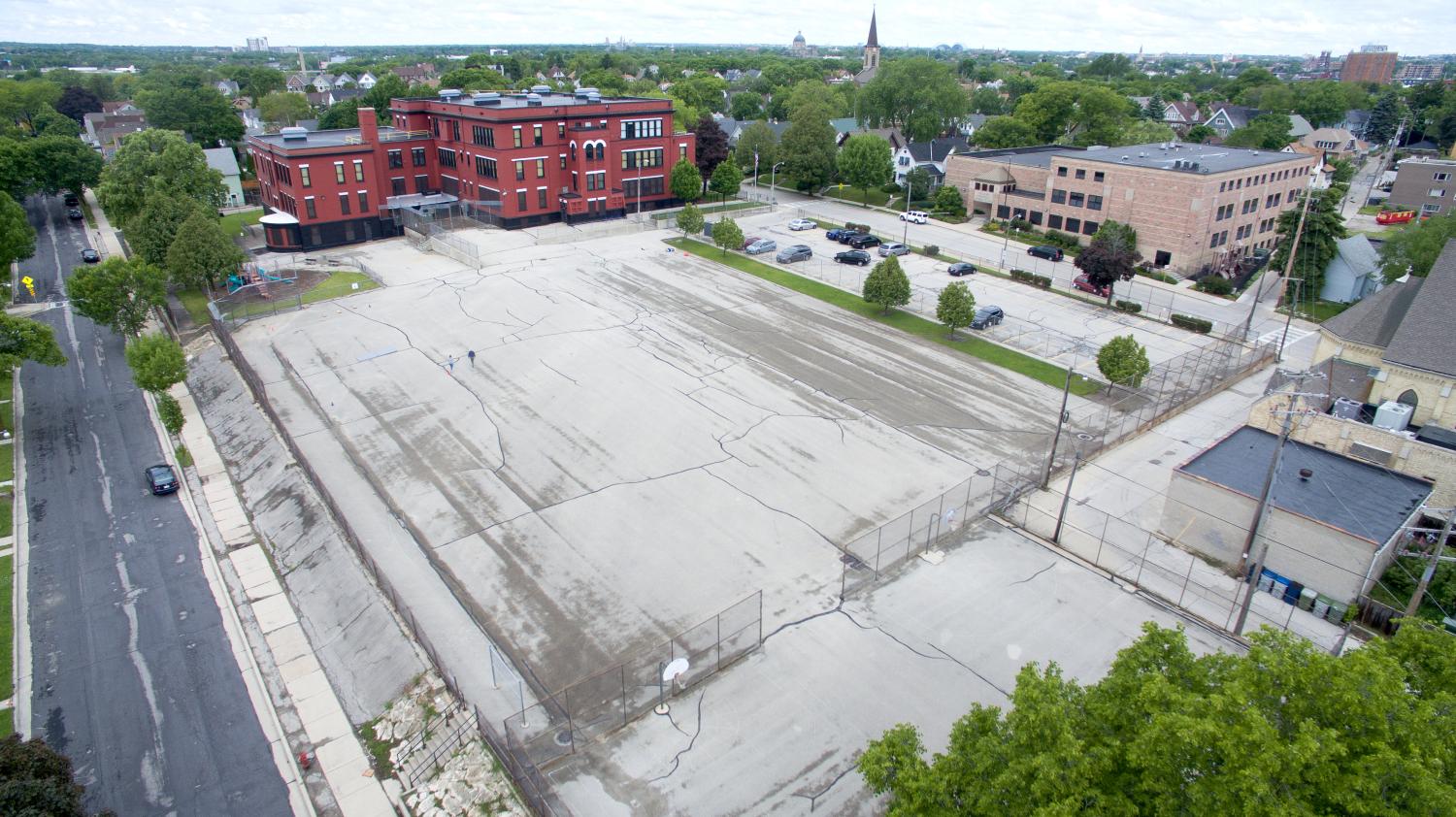
Before and after of a schoolyard transformation; credit: Reflo
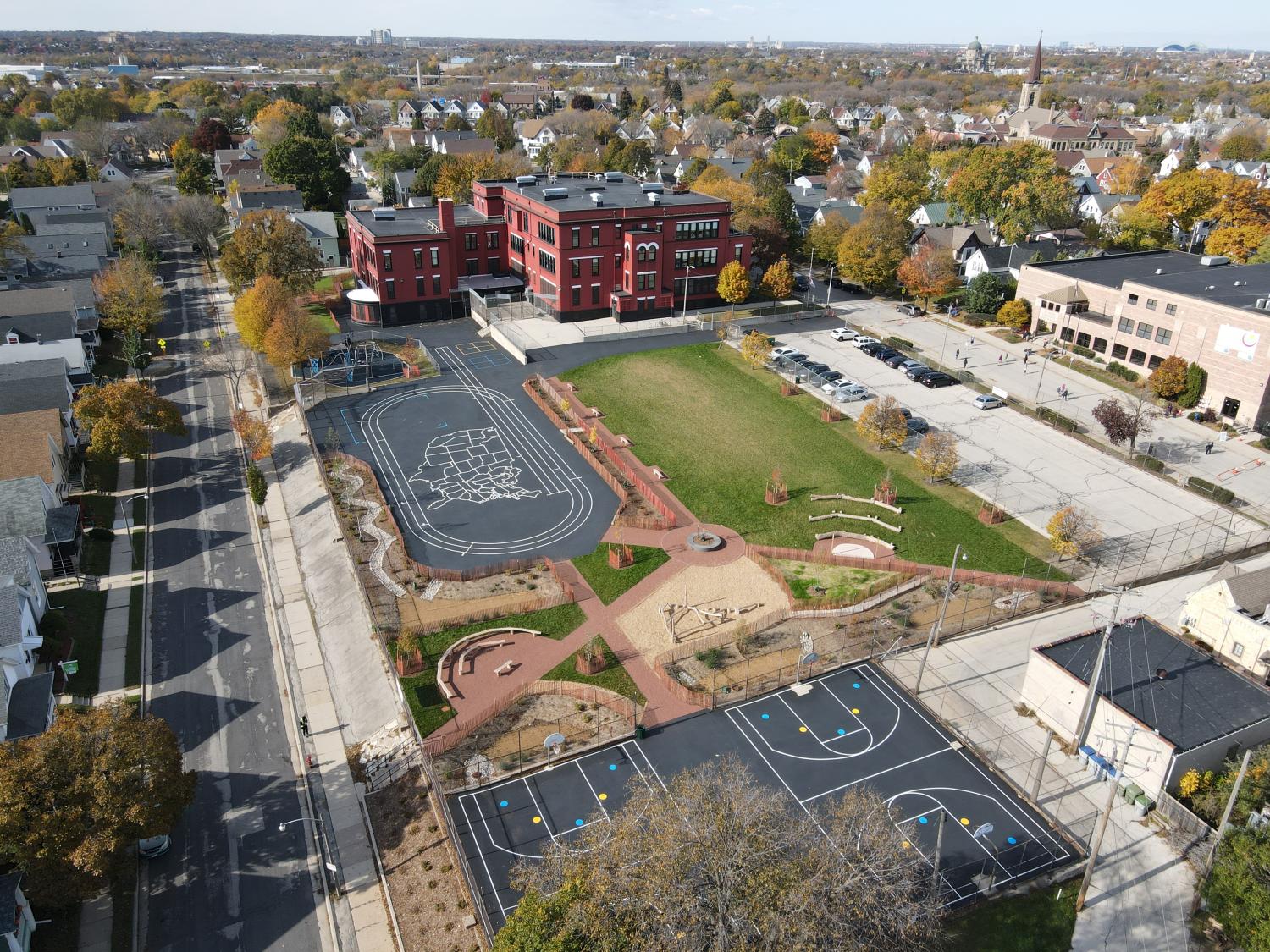
Kids get really hurt when they fall on concrete, but with grass, they’ll have a softer landing and these changes are better for the environment, which is what I am excited about! A new playground will be more fun and make kids feel like the school really cares about them.
La´Veya C. – 4th Grade Student at an MPS elementary school participating in Green and Healthy Schools
For the 12,000 students and nearly 20,000 community members who regularly come into contact with the schoolyards, they now have new opportunities for enrichment and outdoor activity as well as some relief from the flooding and heat caused by the outdated asphalt lots.
Moreover, as a result of its early successes, MPS has integrated the Green and Healthy Schools Program into its regular operations, creating and staffing a Sustainability Team to ensure ongoing stewardship of the green schoolyards and future expansion of the schoolyard greening process to more schools.
Being outside, and learning in a hands-on way, has led students to wonder and ask important science questions that they wouldn't have wondered about otherwise.
Peter L., high school Biology and Environmental Science Teacher
New green spaces have transformational impacts on students
As of spring 2024, Reflo has successfully designed 41 schoolyards, built 26, and is constructing five more throughout the summer of 2024. In the years since implementing the first schoolyard revitalizations in 2016, the Medical College of Wisconsin researchers have been evaluating the program as part of a study to show the impact of the schoolyards on student health, behavior, and learning.
Thus far, through our own data collection and discussions with students and staff, we’ve found that the program reduced urban heat island effects, improved students’ mental and physical well-being, and provided new opportunities for creativity and exploration that are key to students’ learning and development. Moreover, teachers reported that students are more curious and engaged in science classes, attendance has increased, and disciplinary referrals have decreased.
Through focusing initiatives at the level of schools and engaging public and nonprofit partners in depaving and replanting schoolyards, the Green and Healthy Schools project supports student and community learning and well-being while simultaneously countering the environmental harms that have resulted from decades of disinvestment.
The Brookings Institution is committed to quality, independence, and impact.
We are supported by a diverse array of funders. In line with our values and policies, each Brookings publication represents the sole views of its author(s).
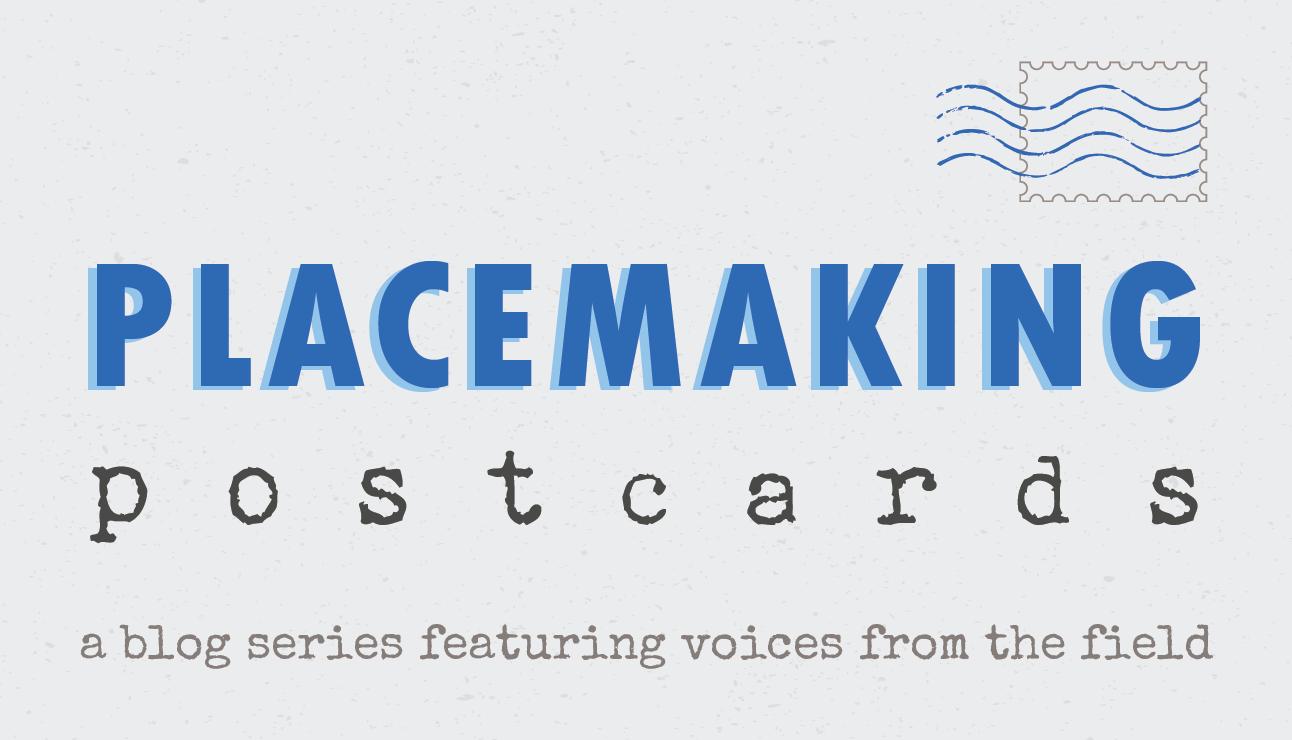

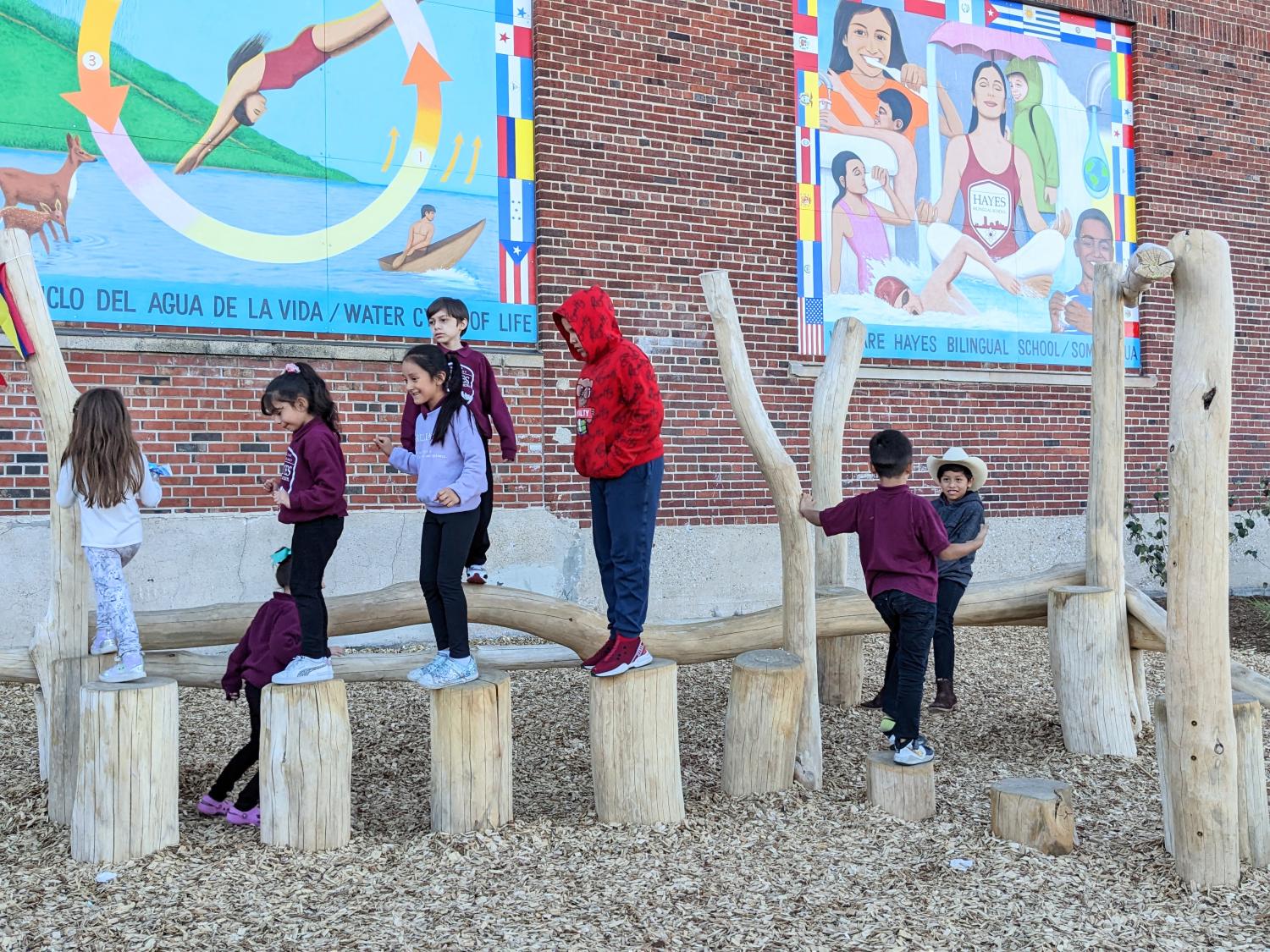

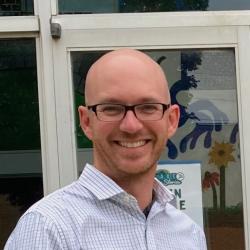
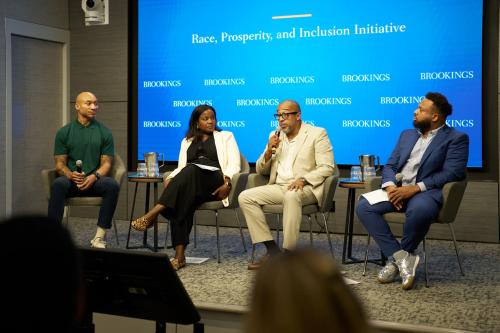
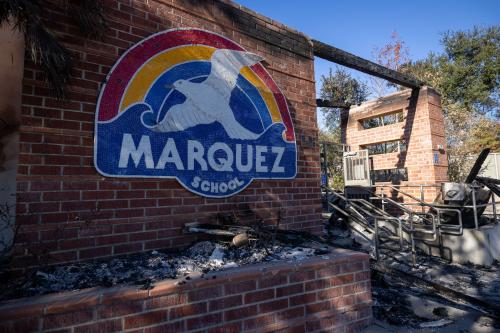
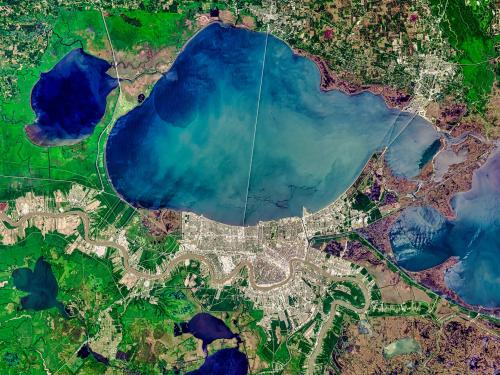
Commentary
How Milwaukee Public Schools are transforming the learning environment with ‘Green Schoolyards’
August 8, 2024